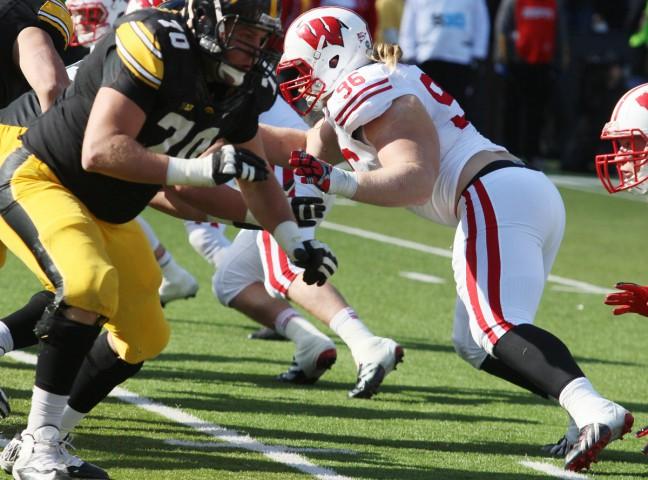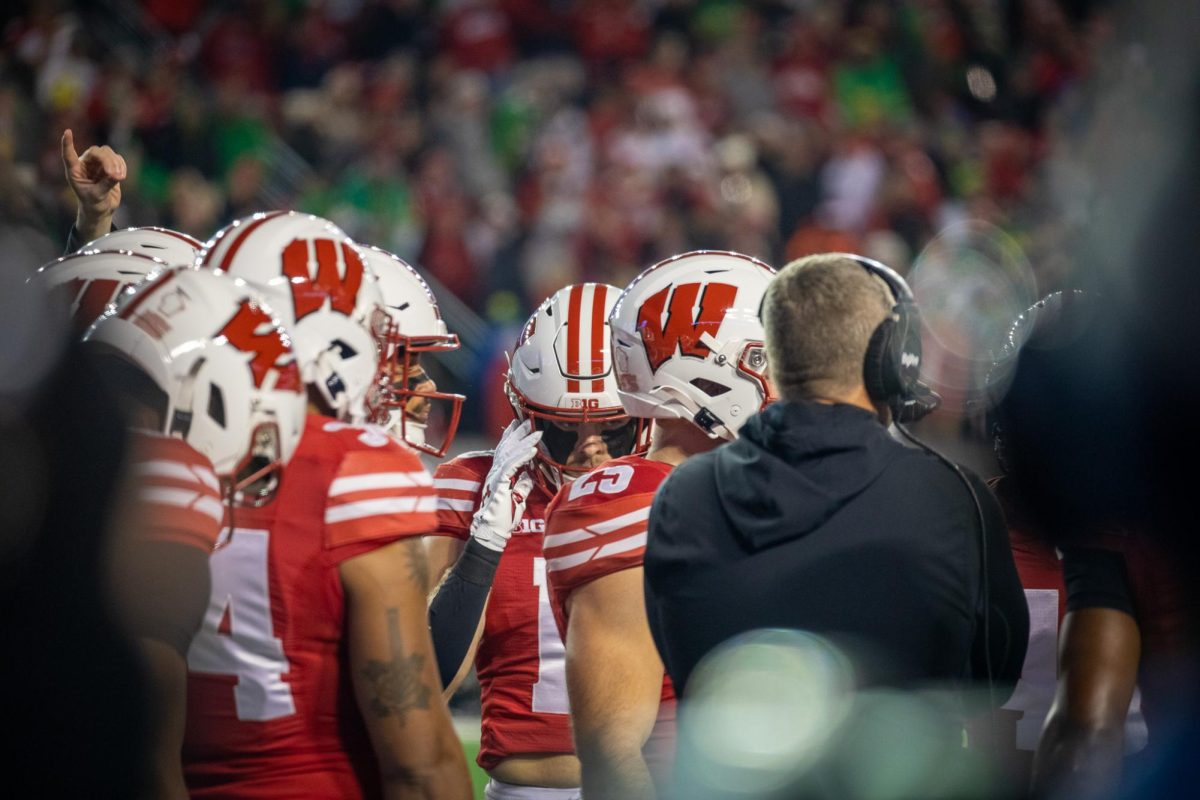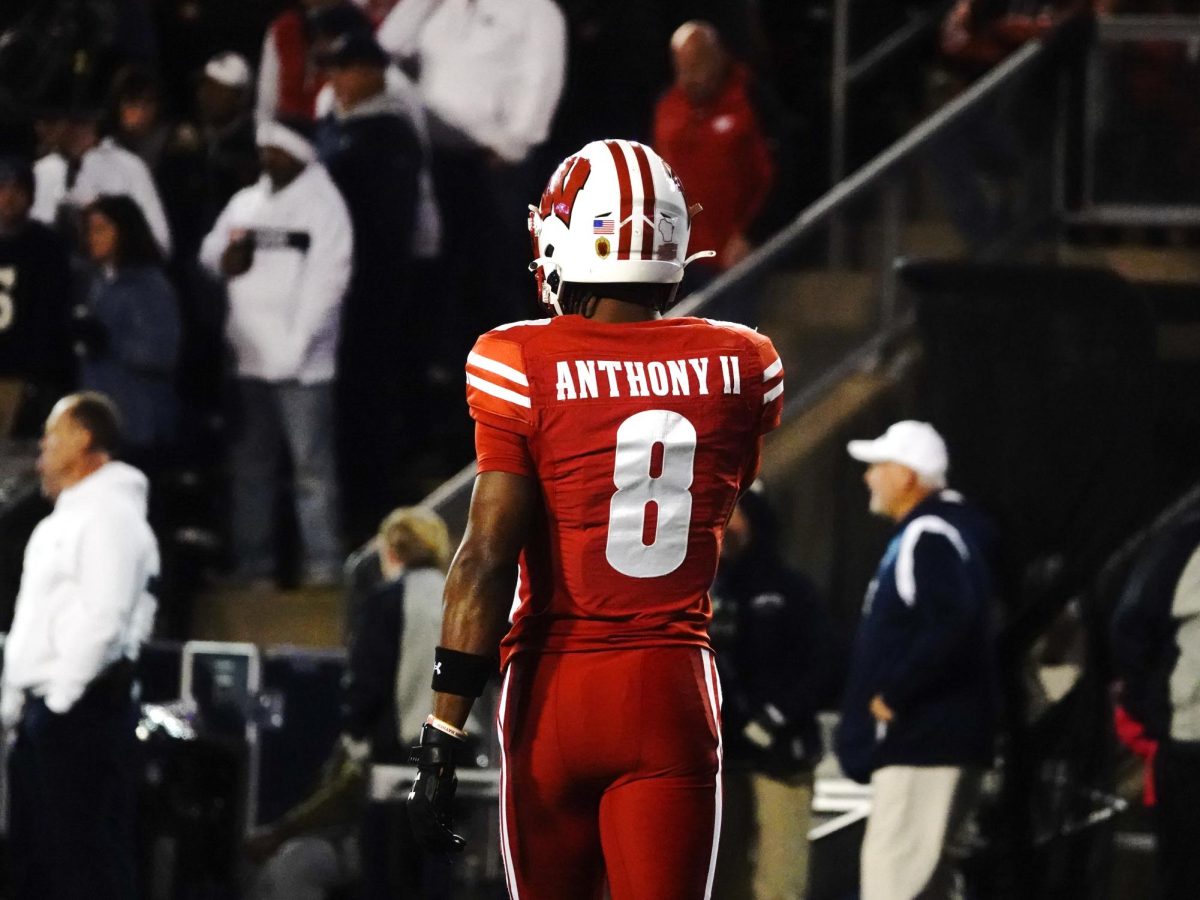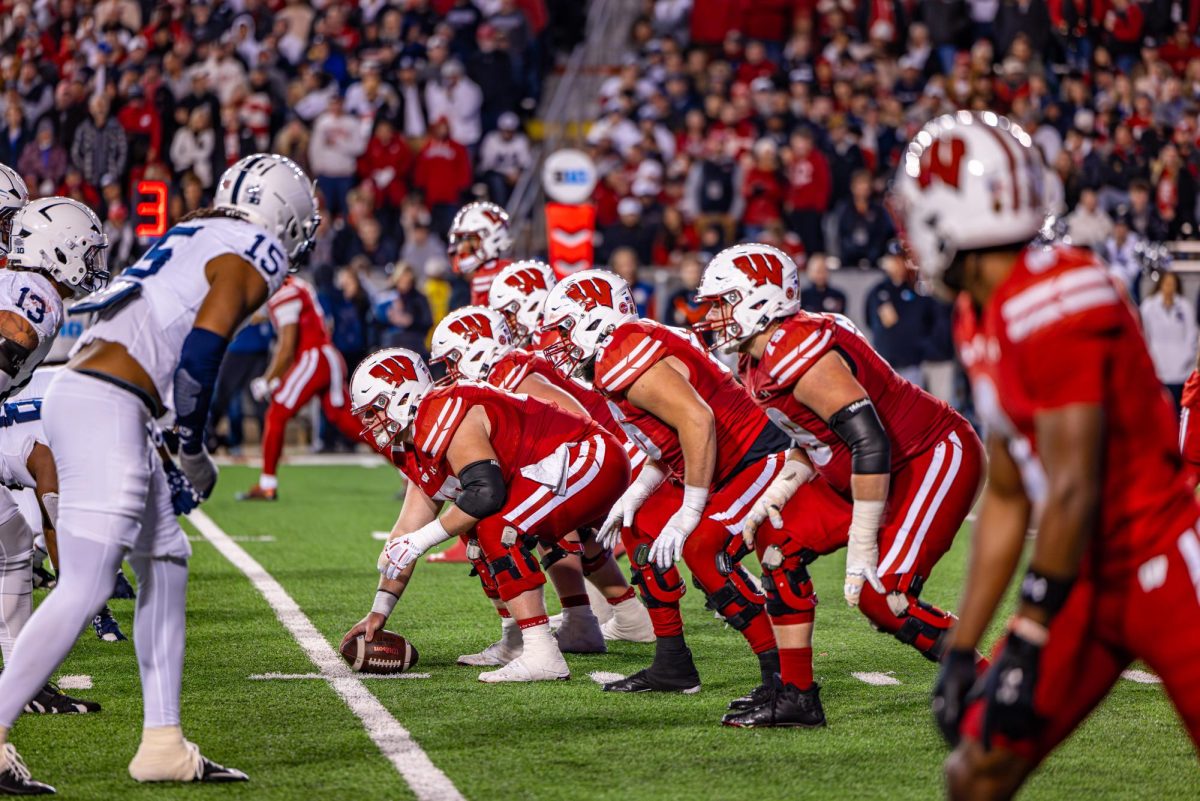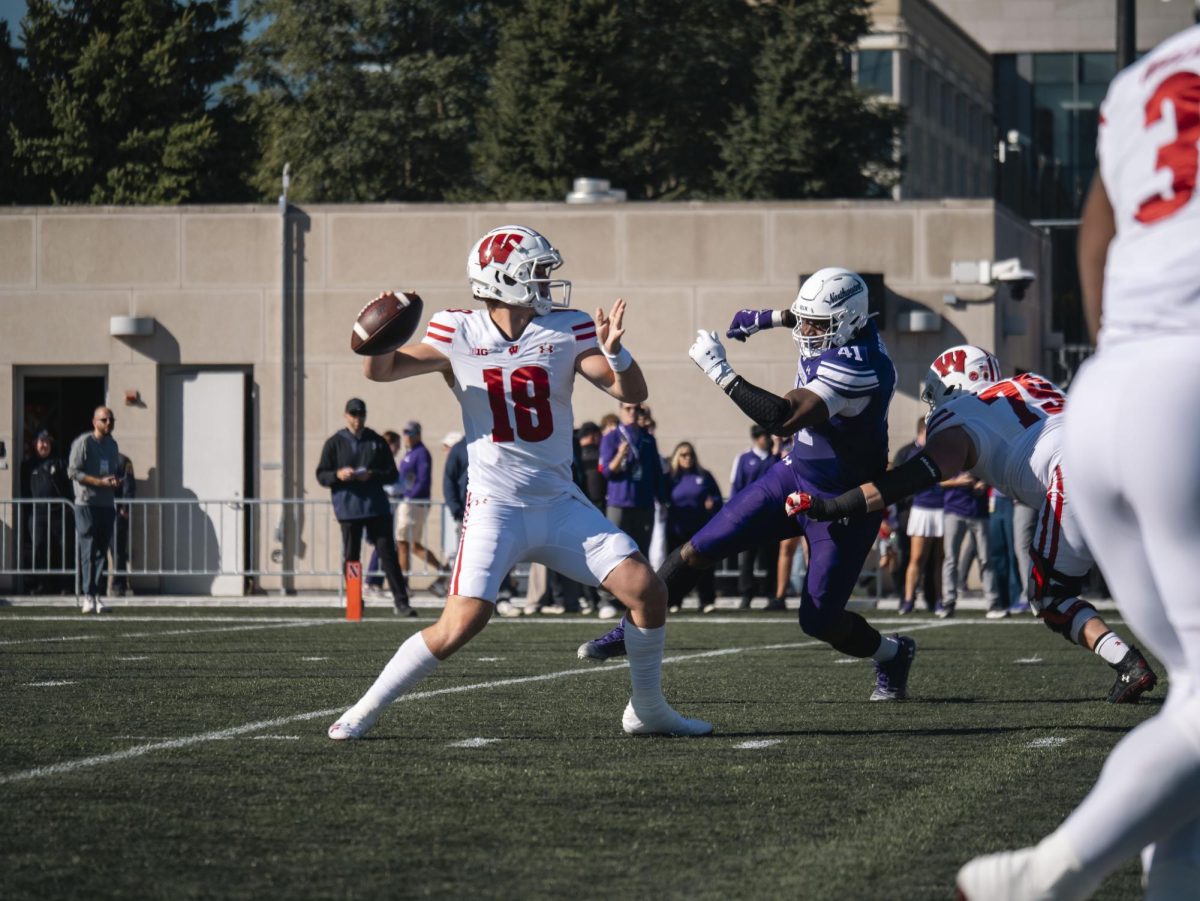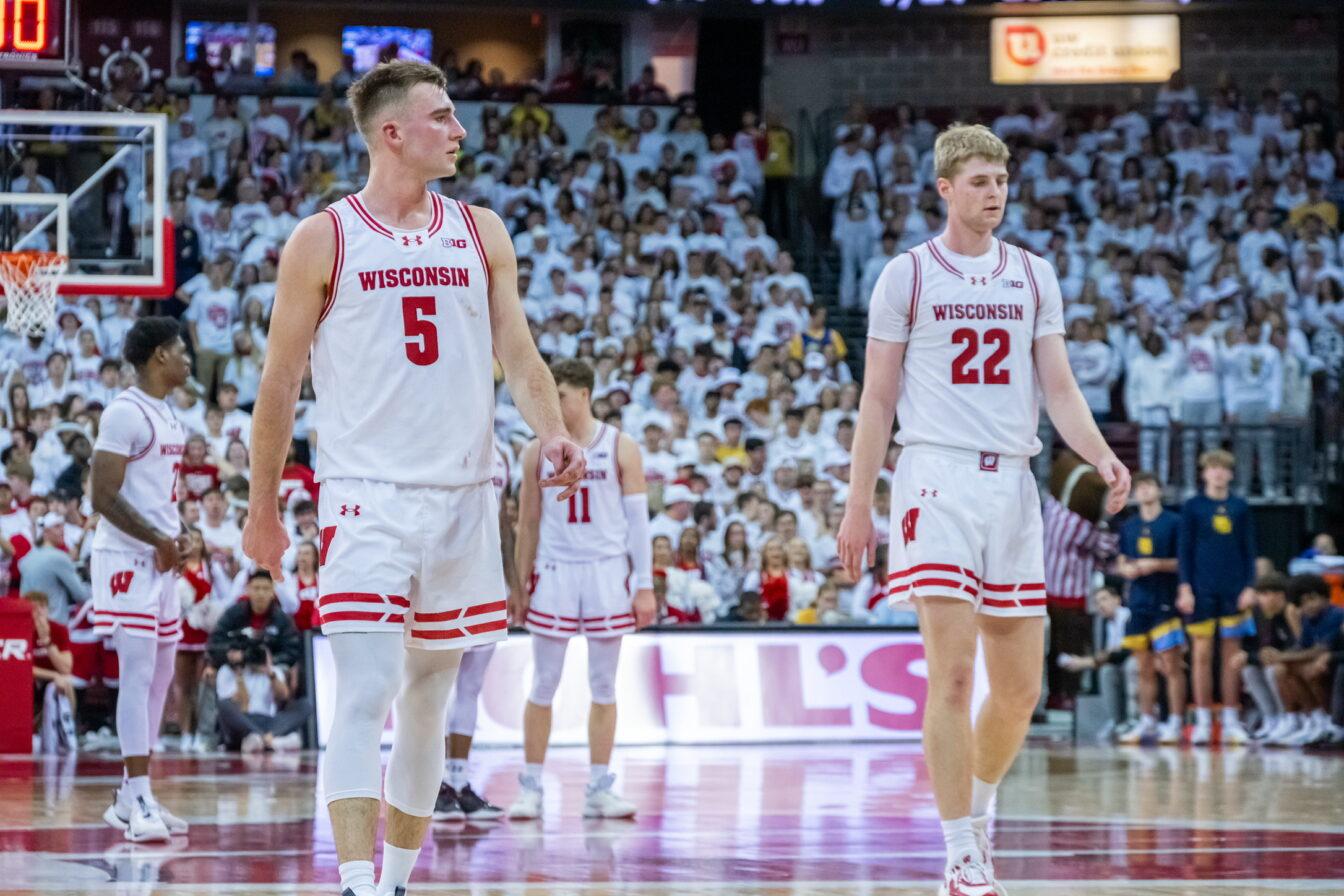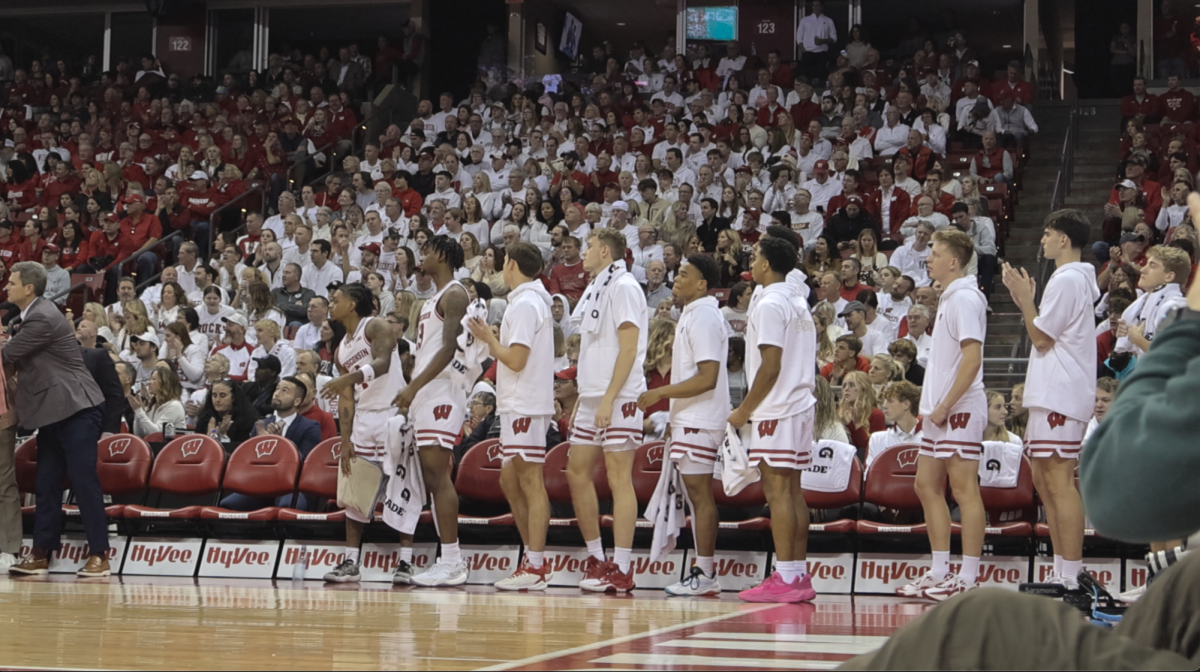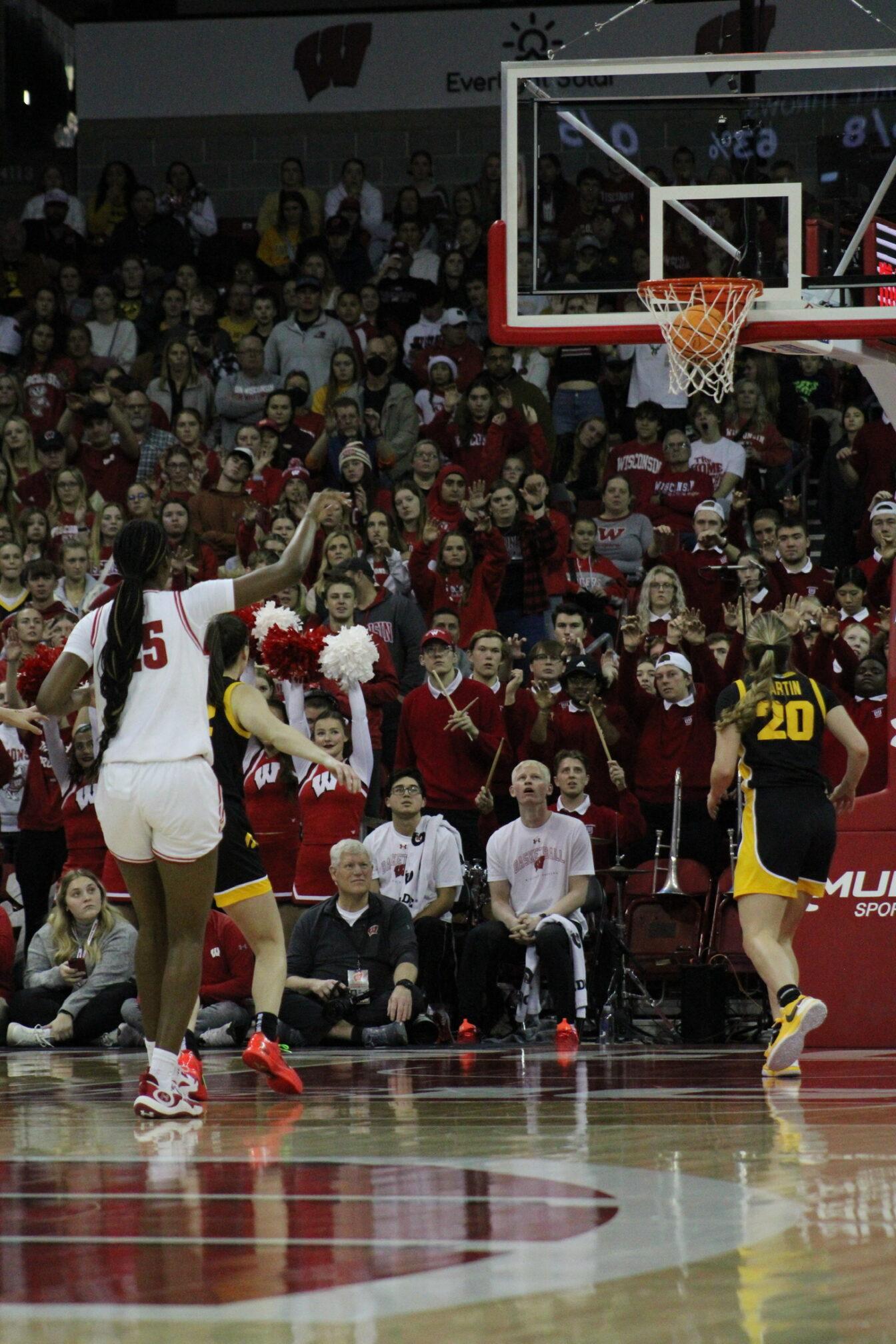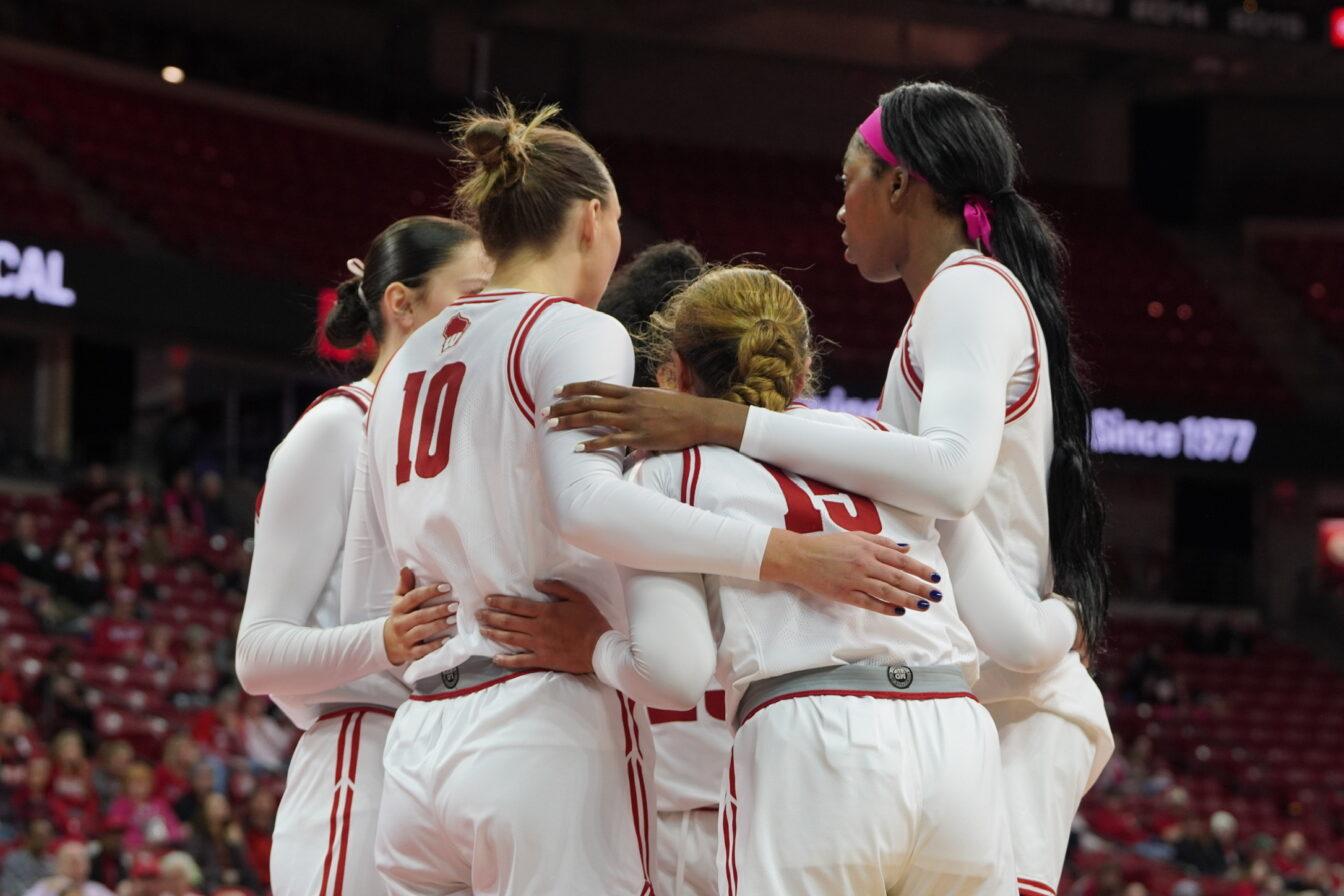Wisconsin’s win over Iowa last weekend was a return to smash mouth football that many Badgers welcomed. Just as they revisited the style that lived as tradition in Madison for the last decade, No. 24 Wisconsin will go back to facing a spread attack as Brigham Young visits Camp Randall this weekend.
It’s an interesting setup for Wisconsin, bringing in a nonconference opponent in the second half of the season. The Badgers haven’t played a nonconference game in November since the 2008 season when they were nearly upset by Cal Poly.
Nonetheless, it’s a welcomed change of scenery for the Badgers.
“It’s just kind of refreshing. It gives you a step back,” senior nose tackle Beau Allen said. “Everyone gets so tied up in conference rankings, conference standings, it’s just nice to have a different kind of matchup.”
When it comes to BYU, it is definitely a different matchup, but in many ways similar to what Wisconsin has seen for most of 2013.
The Badgers have faced the spread offense with regularity this season as it continues to popularize collegiate football. They saw it with Arizona State, Tennessee Tech, Ohio State, Illinois and at times with Northwestern. Just years ago the Big Ten was considered a wholly ground-and-pound conference.
But each new spread offense is inherently different from the last one. While the Tennessee Tech offense operates like a Chevy Volt on the Autobahn, BYU runs like a Ferrari.
The Cougars run plays in rapid succession, many times snapping the ball within 15 to 20 seconds of the preceding play. It amounted to more than 130 offensive plays against Houston, plenty more than the typical 70-or-so seen in most of college football.
It’s the kind of offense that requires a deep level of communication to run efficiently. It also takes a very communicative defense to stop it.
“You just have to stay focused. You have to communicate very well … and you have to know exactly where you have to be,” Allen said. It’s a high-paced offensive attack that rivals the well-known Oregon offense Wisconsin saw in the Rose Bowl in 2012.
In practice, Wisconsin calls it “supersonic” when the scout team works quickly to rush play after play. Allen knows it’s a difficult time for the scout offensive linemen who don’t get a break, but the pace practice is important to the defense that will see BYU Saturday.
But BYU’s attack is much more than the pace it sets. It is largely defined by the agent at the center of the system, sophomore quarterback Taysom Hill.
The 6-foot-2 dual-threat thrower does it all for the Cougars, racking up more than 2,000 yards through the air and 800 yards on the ground in 2013 — numbers rivaled by a familiar foe for Wisconsin, Ohio State’s Braxton Miller.
In fact, the two spread quarterbacks are the same height, and Hill outweighs Miller by a measly six pounds. Hill will take all kinds of plays from the quarterback spot, including option reads and power runs.
“In terms of his responsibility, he could be like a Braxton Miller,” junior linebacker and well-known Chris Borland replacement Marcus Trotter said. “He is the total production for the offense. … Just knowing that he’s responsible for the team’s success … we’ve got to shut him down for us to be successful.”
Defensive coordinator Dave Aranda’s seen the Hill show before, as have many UW coaches. Head coach Gary Andersen brought three assistant coaches with him from Utah State, which lost to BYU 6-3 last season. Offensive coordinator Andy Ludwig also faced BYU at San Diego State and defensive line coach Chad Kauha’aha’a did as well at Utah. Last year wasn’t a particularly good memory for Aranda’s defense facing Hill.
“We could not tackle him,” Aranda said. “What’s the most infuriating thing about him is when it’s 3rd-and-4 and you’ve got him for a loss, and he gets five yards.”
When throwing, Hill will likely be looking Cody Hoffman’s way most often. The senior wideout has touchdowns in three-consecutive games, bringing his career total to 31, a school record.
It helps that Aranda and many of the Wisconsin coaches have seen BYU and Hill in past seasons. Aranda hasn’t had to make as many phone calls around the Mountain West, BYU’s former conference — the school is now independent. He noted it has been helpful to know the BYU mentality and the personnel they like to use.
In his assistant positions at Utah and Utah State, BYU was a common opponent for Andersen. In total, he has played BYU 15 times at his previous two places of employment. The familiarity of UW coaches provides a bit of an inside edge for the Wisconsin players.
“They know how BYU operates and having them know how BYU operates … helps us out because we know what to expect,” Trotter said. “It kind of feels like they’re a distant cousin from a different side of the family.”


